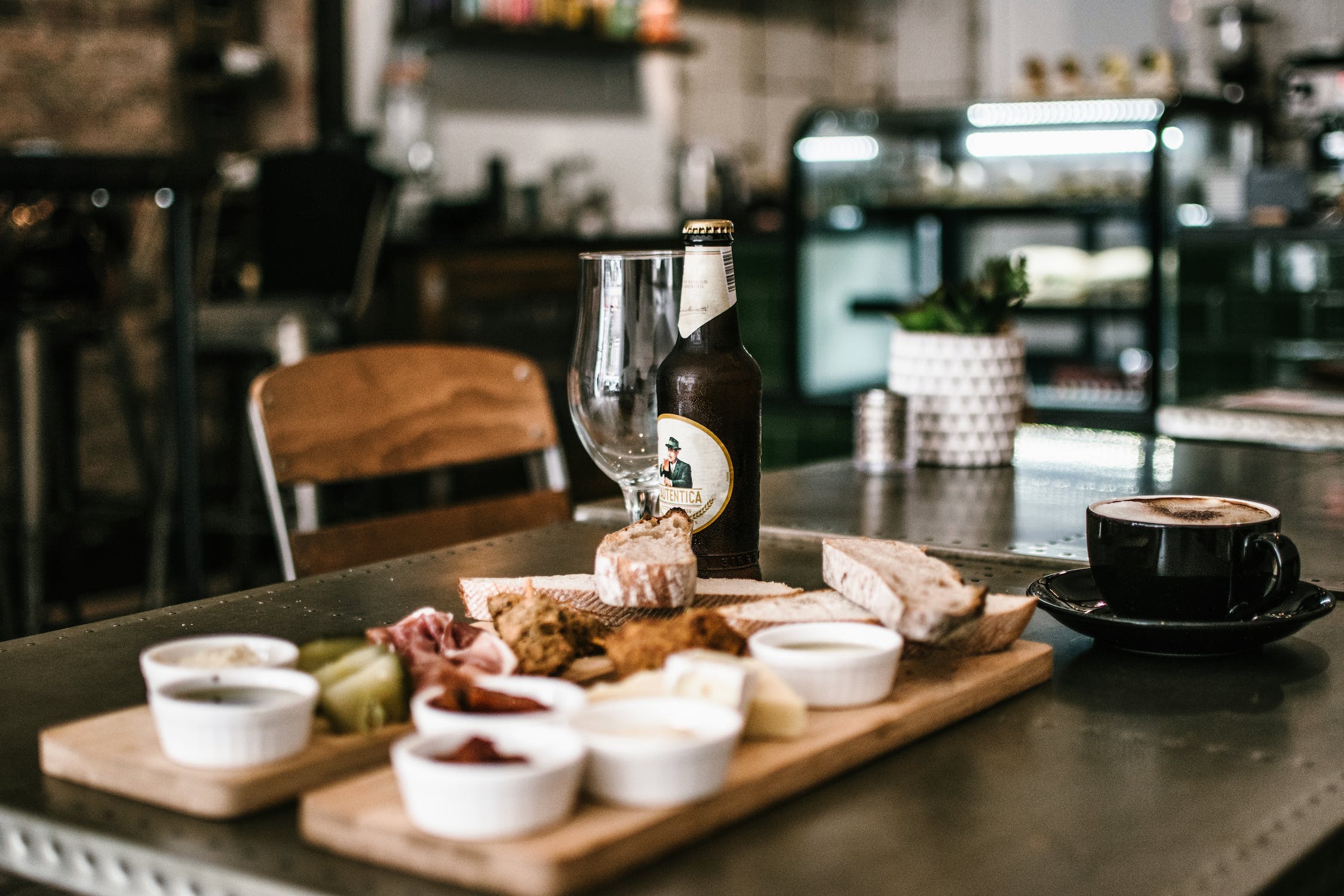Ever wonder what the future of restaurants and food service will involve? We don’t blame you: The restaurant industry is constantly evolving, and between new advancements in technology, changes in consumer behavior, and new safety regulations due to the pandemic, the future of restaurants looks vastly different from what it was just a few years ago.
Right off the bat, one big trend that we can expect to see in the future of restaurants is the increased use of technology. More and more restaurants are implementing digital ordering and payment systems to increase efficiency, reduce wait times, and offer a contactless experience for customers. The use of artificial intelligence (AI) and machine learning is also expected to increase, with restaurants using these technologies to personalize their menus, suggest dishes to customers, and optimize their operations.
Going forward, you can also anticipate a heightened focus on sustainability and environmentally-friendly practices. Customers are becoming increasingly conscious of their impact on the environment, and restaurants are taking note. In the coming years, we can expect to see more restaurants adopting sustainable practices like reducing food waste, using locally sourced ingredients, and implementing energy-efficient equipment.
With the rise of food delivery services like UberEats and DoorDash, the future of restaurants also includes a shift towards delivery and takeout. Many restaurants are already offering delivery and takeout services, and this trend is only expected to continue. The pandemic has accelerated this trend, and many customers are now accustomed to ordering food online and having it delivered to their doorstep. As a result, restaurants are likely to invest more in delivery infrastructure and technology to improve their delivery services and reach a wider audience.
Haven’t dined at a ghost kitchen yet? Get ready for the rise of virtual restaurants as well. Virtual restaurants are dining establishments that exist solely online and offer delivery-only services. These venues often have lower overhead costs than traditional restaurants, allowing them to offer lower prices and greater flexibility in their menus. Virtual restaurants have been growing in popularity in recent years, and the pandemic has only accelerated their rise. In the future, we can expect to see more virtual restaurants offering a diverse range of cuisines and flavors.
In coming years, you can also expect a continued focus on safety and hygiene as well. The pandemic has made customers more aware of the need for cleanliness and safety in restaurants. In the future, restaurants will need to continue to prioritize hygiene and sanitation to ensure the safety of their customers and employees. This may include measures like increased cleaning protocols, contactless payment and ordering systems, and the use of air filtration systems to improve air quality.




